
Have you ever thought about if a home security camera can make your house safer? Many people think about this too. More than half of homes use at least one camera to keep their property safe. Security helps you feel calm and safe. Cameras watching your home can lower crime by up to 50%. You can pick a camera that works for your needs, your property, and your money. Smart features and cheaper choices make it easier to protect your home now.
Key Takeaways
-
Know the three main types of cameras. These are indoor, outdoor, and doorbell. Each type works best in a certain place. Each one has a special job.
-
Think about what you need for security. Look at your property size. Check how many doors and windows you have. Find out if your area has crime. This helps you decide how many cameras you need.
-
Look for important features in cameras. Video quality matters. Night vision helps you see in the dark. Motion detection tells you when something moves. Better resolution and smart detection make things safer.
-
Think about how you will install your cameras. Also, think about your budget. Wireless cameras are easy to set up. Wired cameras give steady power. Pick what works best for you.
-
Test your cameras after you put them in. Make sure they see all the important spots. Change the settings to stop false alerts.
Home Security Camera Types

It can feel confusing when you look at all the home security cameras. But you can think of them in three groups: indoor cameras, outdoor cameras, and doorbell cameras. Each one works best in a certain place at your house.
Indoor Cameras
Indoor cameras help you see what happens inside your home. You can use them to watch your living room or check on pets. They also help you keep your things safe. Most indoor cameras have motion detection and night vision. This means you can see even when it is dark. Some indoor cameras use wires for power and video. Others are wireless and use Wi-Fi. Wireless cameras are easy to move.
Tip: If you want to watch more than one room, try wireless cameras. You can set them up fast and move them if you want.
Outdoor Cameras
Outdoor cameras are made to work in rain, wind, or snow. They are good for watching your yard or driveway. Outdoor cameras are weatherproof and have night vision. When you buy one, look for an IP65 rating or higher. This means it can handle dust and water. If you get lots of storms, IP66 or IP67 is even better.
| Camera Type | Weatherproof | Night Vision | Best Use |
|---|---|---|---|
| Outdoor Cameras | Yes | Yes | Yards, driveways, entryways |
You can pick wired cameras for steady power. Or you can pick wireless cameras for easy setup.
Doorbell Cameras
Doorbell cameras are a special kind of home security camera. They let you see who is at your door without opening it. These cameras send alerts to your phone when someone rings or comes to your porch. You can talk to people with two-way audio. Doorbell cameras help stop package thieves and let you know who visits.
-
Doorbell cameras can:
- Scare away burglars
- Send you alerts right away
- Let you talk to people at your door
When you know about the types of cameras, you can pick the right one for each place in your home. Using more than one type gives you better safety and helps you feel calm.
Buying Guide
Assess Your Needs
Start by thinking about what you need for security. Every home is different. Look at what makes your home special. Here are some things to think about:
- Property size: Big homes need more cameras to see everything.
- Number of entry points: Count all doors, windows, and gates.
- Neighborhood crime rate: If your area has more crime, add extra protection.
- Vulnerable spots: Find places where someone could sneak in.
- Purpose of cameras: Decide if you want indoor, outdoor, or both.
If you live in a busy area or have a big yard, you need more cameras. Small homes or apartments may only need a few cameras. Think about smart home features. Some cameras work with apps or voice assistants. This makes it easy to check video.
Tip: Walk around your home and write down places you want to watch. This helps you know how many cameras you need.
Match Camera Type
Once you know your needs, pick the right camera for each spot. The shape of your home matters a lot. Wide places like driveways or yards need cameras that see a lot. Small rooms or hallways need cameras that show details.
- The type of property: Houses, apartments, and stores need different cameras.
- The layout of the area: Open yards need wide-angle lenses. Small spaces need cameras that zoom in.
- Camera placement height: Put cameras high so people can’t reach them. But keep them low enough to see faces.
- Lighting conditions: Some places get dark at night. You need cameras with good night vision.
| Criteria Type | Description |
|---|---|
| Camera Tag Matching | Helps you link video to the right camera, especially if you have many cameras. |
| Default Camera | Makes sure every spot gets covered, even if you miss some details. |
If you want a camera that does everything, look at the Botslab Advanced AI Tech 4K Battery 4-Cam System W510. It gives you four cameras. You can watch your front door, backyard, garage, and living room. The system tracks people, cars, and pets with smart AI. You get a 360° view, so you see everything.
Key Features
When you look at home security cameras, focus on the most important features. Good features make your system work better and keep your home safe.
- Resolution quality: Higher resolution, like 4K, shows clear faces and details. This helps if you need video for proof.
- Power source: Pick wired, battery, or solar-powered cameras. Battery and solar cameras, like the Botslab W510, mean you don’t need wires.
- Weatherproof: Outdoor cameras need to handle rain, snow, and dust. Look for ratings like IP65 or higher.
- Monitored vs unmonitored: Choose if you want cameras that alert you or just record.
- DIY installation: Some cameras are easy to set up yourself. Others need a pro.
- Wired vs wireless: Wireless cameras are easier to move and install. Wired cameras give steady power.
Smart features like AI detection and 4K video help a lot. The Botslab W510 uses AI to spot people and cars, so you get fewer wrong alerts. Color night vision lets you see clearly in the dark. You also get local storage with no monthly fees, which saves money.
Note: Always test your cameras after you set them up. Make sure you can see every spot you want to protect.
Installation & Budget
Think about installation and price before you buy. Some cameras are easy to put up. Others need a pro. Wireless systems, like the Botslab W510, are easy to set up and don’t need wires. You can use the solar panel and battery, so you don’t worry about losing power.
Common installation problems include:
- Connectivity issues: Wireless cameras may lose signal if they’re far from your router. Move your router or use Wi-Fi extenders to fix this.
- False motion alerts: Change the settings so you don’t get alerts for things like leaves or pets.
- Storage concerns: Use local storage or cloud options. The Botslab W510 gives you up to two months of video and can expand to 16TB.
- Camera placement: Put cameras where they can see doors, windows, and other entry points.
- Maintenance: Clean your cameras and check batteries every month.
When you look at home security camera prices, you’ll see many choices. Basic systems start at $125. Most people spend about $1,295 for a full setup. Professional installation costs $80 to $200 for each camera. The Botslab W510 system costs $399 on sale. You get four cameras, smart features, and easy setup. You don’t pay monthly fees, so it’s good for your budget.
Callout: Don’t forget to change default passwords and check local privacy laws before you install your cameras.
A good buying guide helps you avoid mistakes like bad placement or picking the wrong camera. You want to cover every spot, use strong passwords, and pick cameras with the best features for your needs.
Features to Consider

Video Quality
Video quality is very important for security cameras. You need clear pictures to see faces and details. Cameras with 4K resolution show sharper images than 1080p ones. Higher resolution helps you read license plates and zoom in close. If your yard or driveway is big, 4K video helps a lot. The Botslab W510 gives you very clear 4K video, so you see everything.
Night Vision
Night vision lets you see after dark. Some cameras use infrared, but color night vision is better. You get bright colors even when it is very dark. This helps you see clothes and cars at night. Color night vision works in low light and gives sharp, real-looking video. The Botslab W510 has advanced color night vision, so you get clear video even when it is very dark.
- Color night vision gives you:
- Sharper video
- Real colors at night
- Wider view
Motion Detection
Motion detection is important for security. You want your camera to notice movement. Regular motion detection can send too many alerts. AI-powered motion detection is smarter. It knows the difference between people, cars, and trees moving. Botslab W510 uses AI for up to 99% accuracy. You only get alerts when it matters. This stops false alarms and keeps your home safe.
Tip: Make motion zones to watch only the spots you care about. This helps stop useless alerts.
Storage Options
You need a place to keep your videos. There are two main choices: cloud storage and local storage. Cloud storage uses safe servers but costs money every month. Local storage means you buy hardware once and pay less later, but it can be stolen or broken.
| Aspect | Cloud Storage | Local Storage |
|---|---|---|
| Security | Safer because of encryption and private servers | Can be stolen or damaged |
| Upfront Costs | Lower, usually with subscription fees | Higher, you buy hardware |
| Recurring Costs | Monthly subscription fees | Very little after you buy hardware |
| Scalability Costs | Easy to add more space with fees | May need more hardware |
| Data Security | Very safe, stored on many servers | Can lose data, get stolen, or damaged |
The Botslab W510 gives you safe local storage with no monthly fees. You can add up to 16TB, so you always have space.
Smart Integration
Smart integration makes cameras easier to use. You can connect your camera to your phone or smart home system. Wi-Fi lets you check live video from anywhere. Alerts pop up on your phone, so you know what happens right away. Botslab W510 works with the Botslab App for instant alerts and easy control.
“Smart cameras with AI can tell normal activity from real threats. You get fewer false alarms and better safety.”
Smart integration also helps keep your privacy safe. Use strong passwords and encryption to protect your data. Always check what your devices record and save.
Solar-powered cameras like Botslab W510 help the earth. They use clean energy and lower your carbon footprint. You get strong cameras and save money on power.
Recommendations by Scenario
Families
If you have kids, you want to keep them safe at home and outside. A home security camera helps you watch your yard, driveway, and entryways. You can see if your children are playing safely or if someone comes near your house. Cameras with wide-angle lenses cover more space, so you miss fewer things. Night vision lets you see even when it gets dark. Human detection means you only get alerts when a person is nearby, not when a tree moves.
Here’s a quick look at features that help families:
| Feature | Benefit |
|---|---|
| Deterrence | Scares away people who might break in |
| Monitoring | Lets you check on kids in the yard or driveway |
| Evidence | Gives you proof if something happens |
| Weatherproof | Works in rain, snow, or heat |
| Wide-Angle Lens | Covers more area, fewer blind spots |
| Night Vision | Lets you see at night |
| Human Detection | Sends alerts only for people |
| Motion Tracking | Follows moving objects |
| Storage Options | Lets you save and watch videos later |
| Integrated Light | Lights up dark spots and scares off intruders |
You might also want two-way audio. You can talk to your kids from your phone if you need to. Motion detection sends alerts when someone moves, so you know what’s happening right away.
Tip: Place cameras where your kids play and near doors. This helps you keep an eye on them and your property.
Pet Owners
Pets love to explore, and you want to know they’re safe when you’re not home. A home security camera with HD video quality lets you see what your pets do all day. Two-way audio means you can talk to your dog or cat and comfort them if they seem anxious. Some cameras can tell the difference between pets and people, so you don’t get too many alerts.
Here are features that help pet owners:
- HD video quality shows clear pictures of your pets.
- Two-way audio lets you talk to your pets.
- Pet detection means fewer false alarms.
- Safety matters, so put cameras where pets can’t knock them over.
- Enhanced color night vision helps you see pets at night.
- 360° pan and 180° tilt let you watch every corner of the room.
Note: Pick a camera that can move and zoom. You’ll see your pets wherever they go.
Large Properties
Big homes or properties need more coverage. You want to watch every entry point, driveway, and backyard. Multi-camera systems work best because you can see many places at once. Some cameras give you a 360° view, so you don’t miss anything. Fisheye cameras cover wide areas with one device.
You should place cameras in these spots:
- Doorbell area
- Driveway
- Backyard
- Upper floors
Multi-sensor cameras help you watch large spaces. You can add more cameras if you need to. Brands like Botslab offer systems with four cameras, so you get full coverage. You can track people, cars, and pets across your property.
Callout: Walk around your property and list every spot you want to watch. This helps you decide how many cameras you need.
Apartments
Living in an apartment brings different challenges. You want to stop crime and keep your packages safe. Sometimes, you share spaces with neighbors, so you need to follow privacy rules. A good home security camera system helps you feel safe and keeps away trouble.
Here are some things to think about:
- Place cameras in lobbies and common areas to stop package theft.
- Use cameras with clear video and smart alerts for busy hallways.
- Make sure you follow local laws about privacy and camera placement.
- Professional installation helps you set up cameras the right way.
- Video surveillance in shared spaces helps everyone feel safer.
Tip: Talk to your building manager before you install cameras. This helps you follow the rules and keep your neighbors happy.
Choosing the right home security camera starts with knowing what you need. Check the table below for key factors:
| Key Factor | Description |
|---|---|
| Camera resolution | Clear images help you spot details. |
| Field of view | Wide angles cover more space. |
| Storage options | Pick local or cloud for saving videos. |
| Smart integration | Connect with your smart devices for easy use. |
You should match camera types to your space. Advanced systems like Botslab W510 offer 4K video, smart AI, and no monthly fees. You get strong protection and save money. Feel confident knowing your home is safe!
FAQ
How many cameras do I need for my house?
You need enough cameras to cover every entry point and main area. Most homes use 2 to 4 cameras. Walk around your house and count doors, windows, and big rooms. That helps you decide.
Do security cameras work at night?
Yes, most security cameras have night vision. Some use infrared lights, while others show color video in the dark. You can see faces and details even when it’s late.
Can I install cameras by myself?
You can install many cameras on your own. Wireless cameras are easy to set up. Just follow the instructions in the app or manual. If you feel unsure, ask a friend or hire a pro.
Will I get alerts on my phone?
You get instant alerts on your phone when the camera spots movement. You can check live video anytime. Smart cameras send you notifications, so you always know what’s happening.


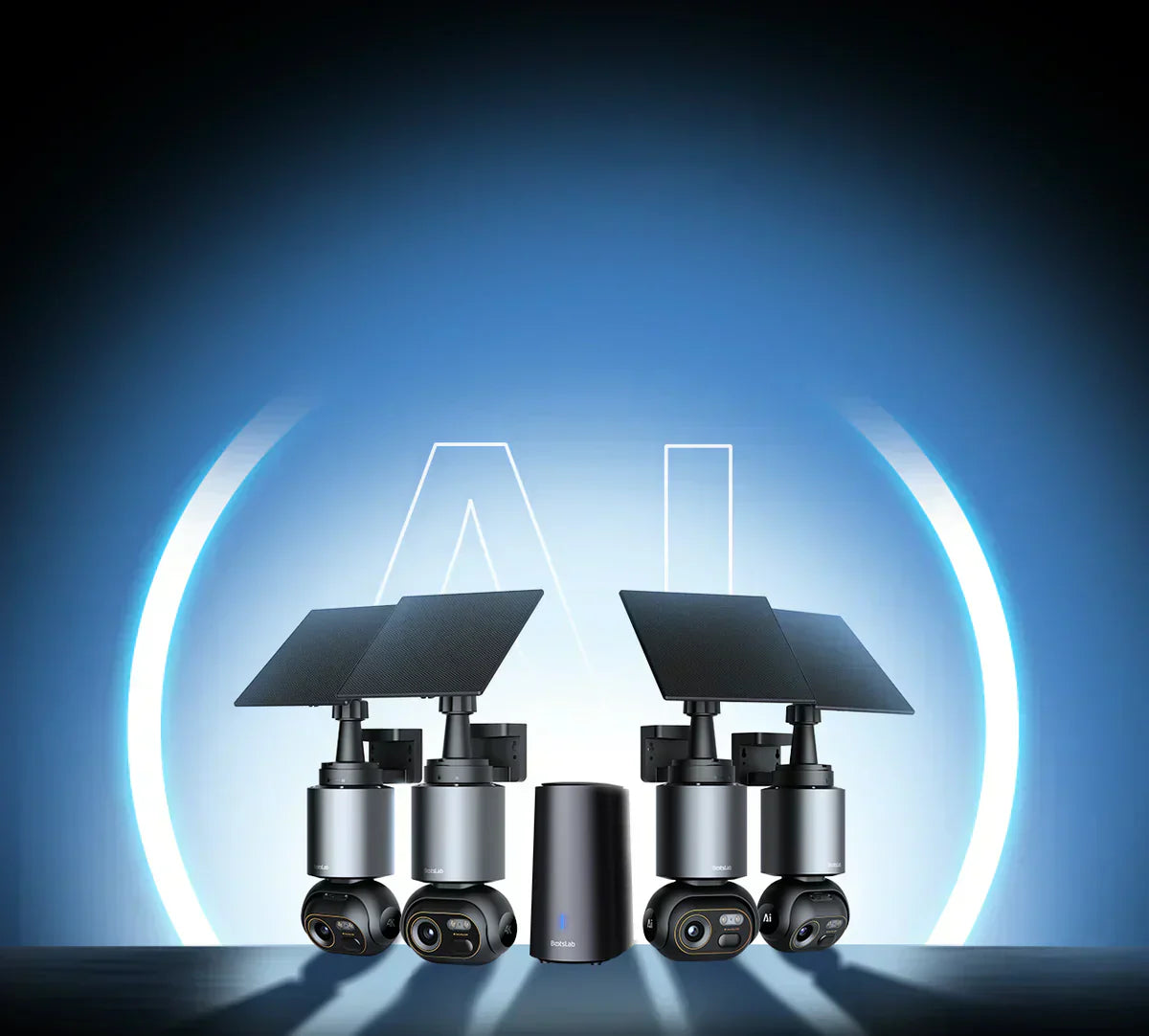
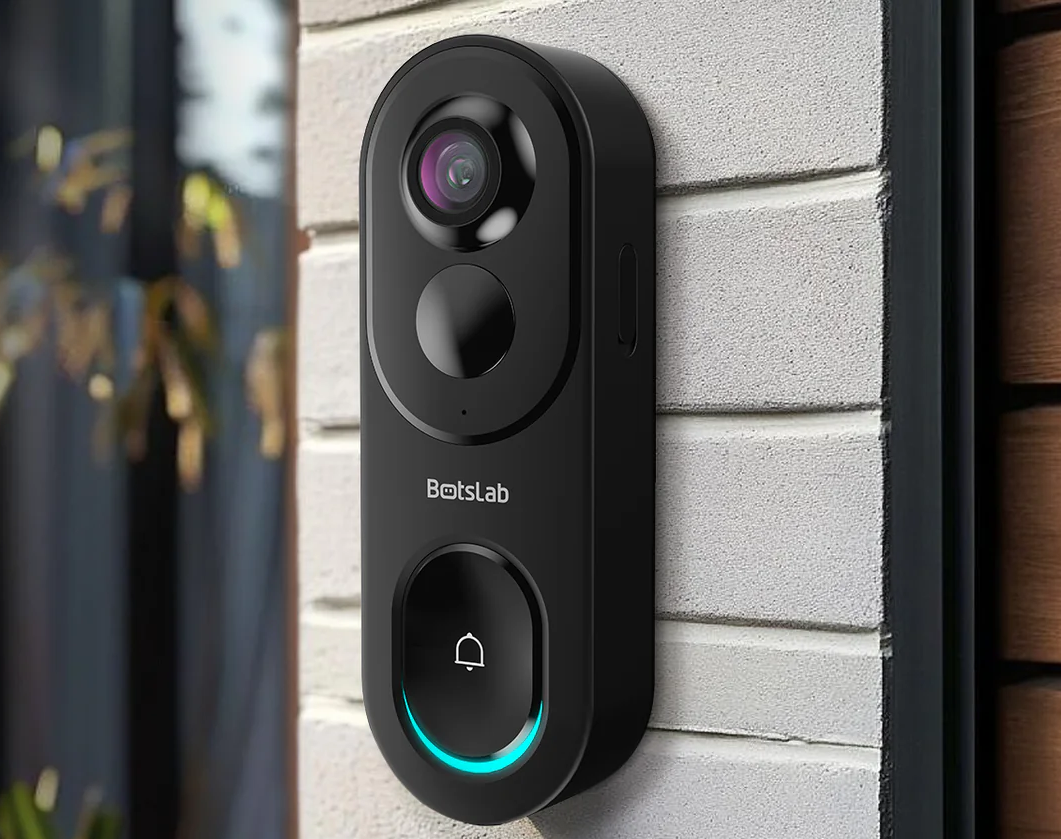
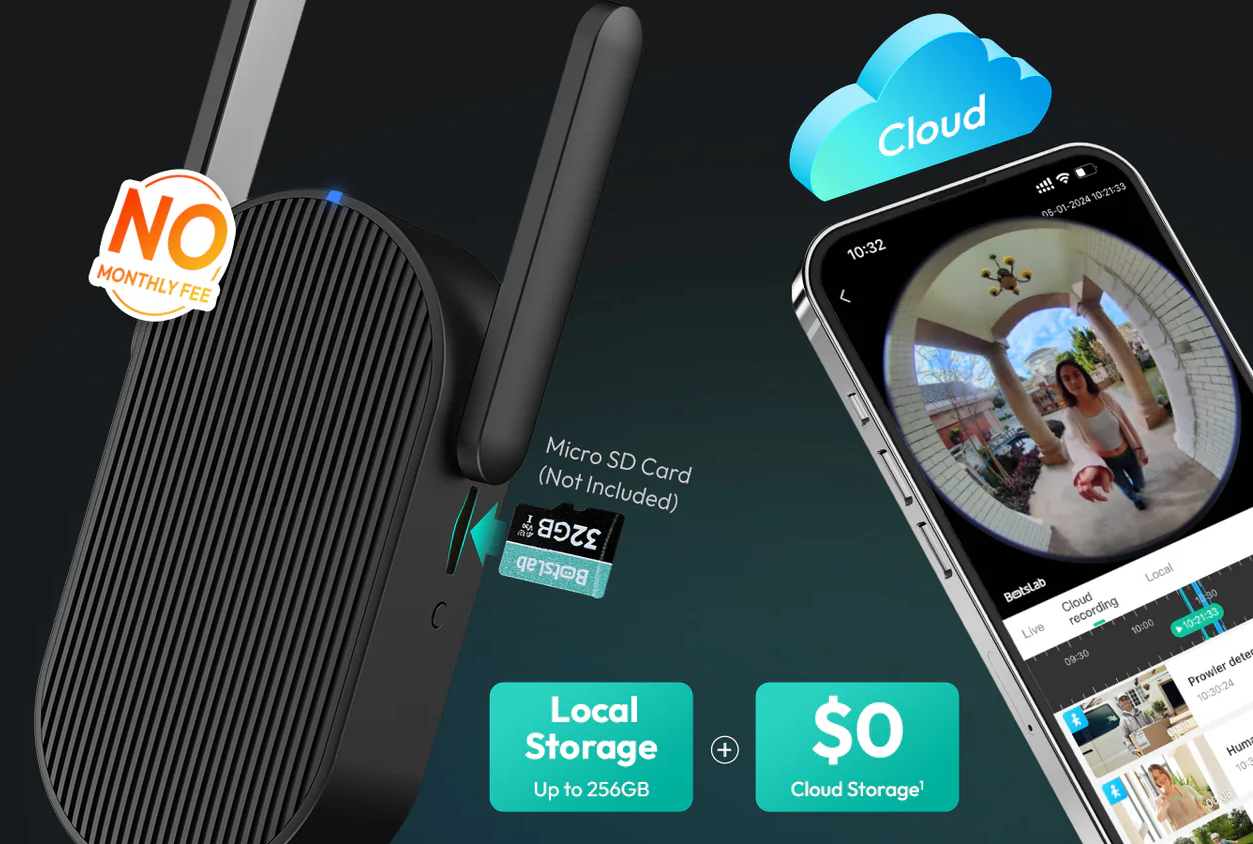
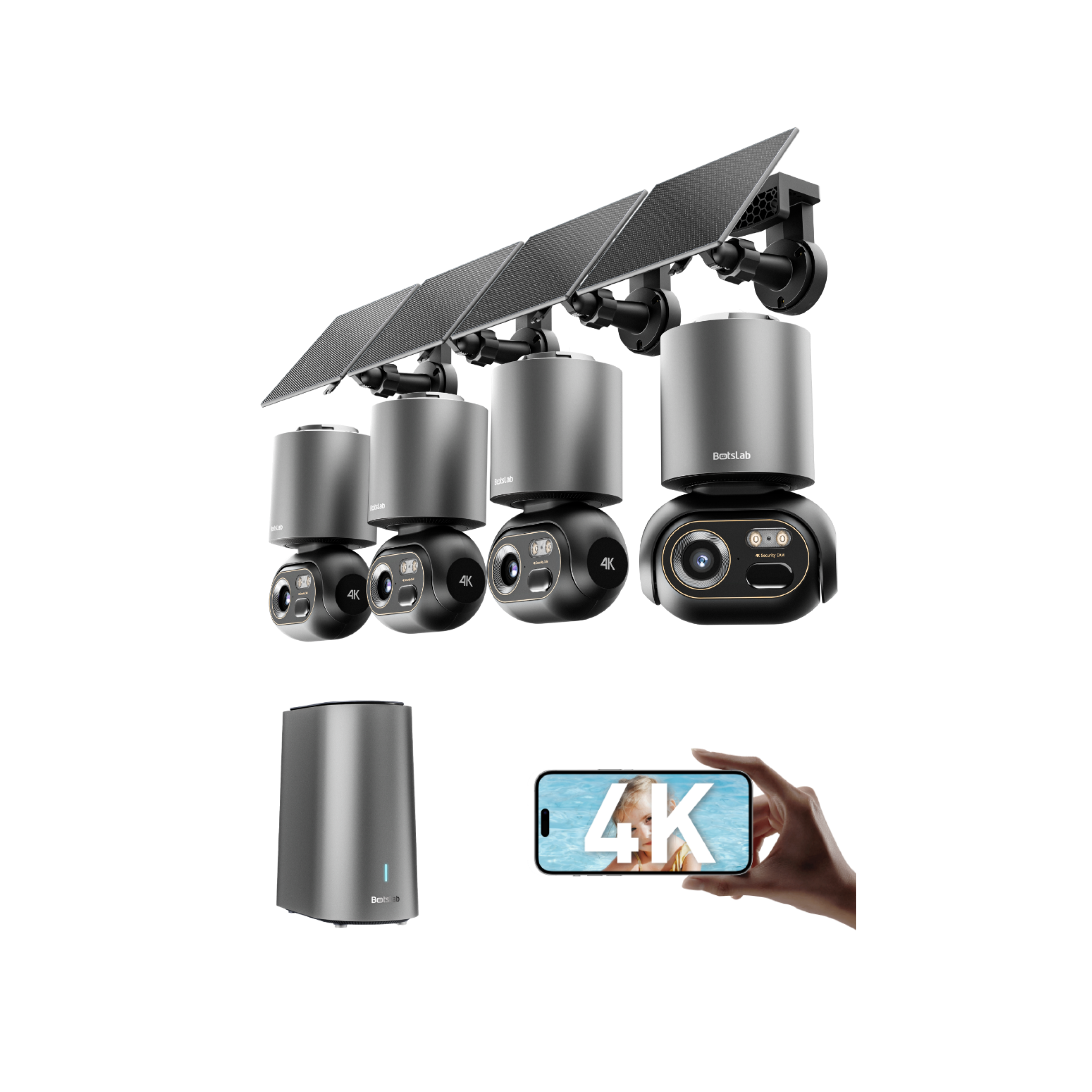

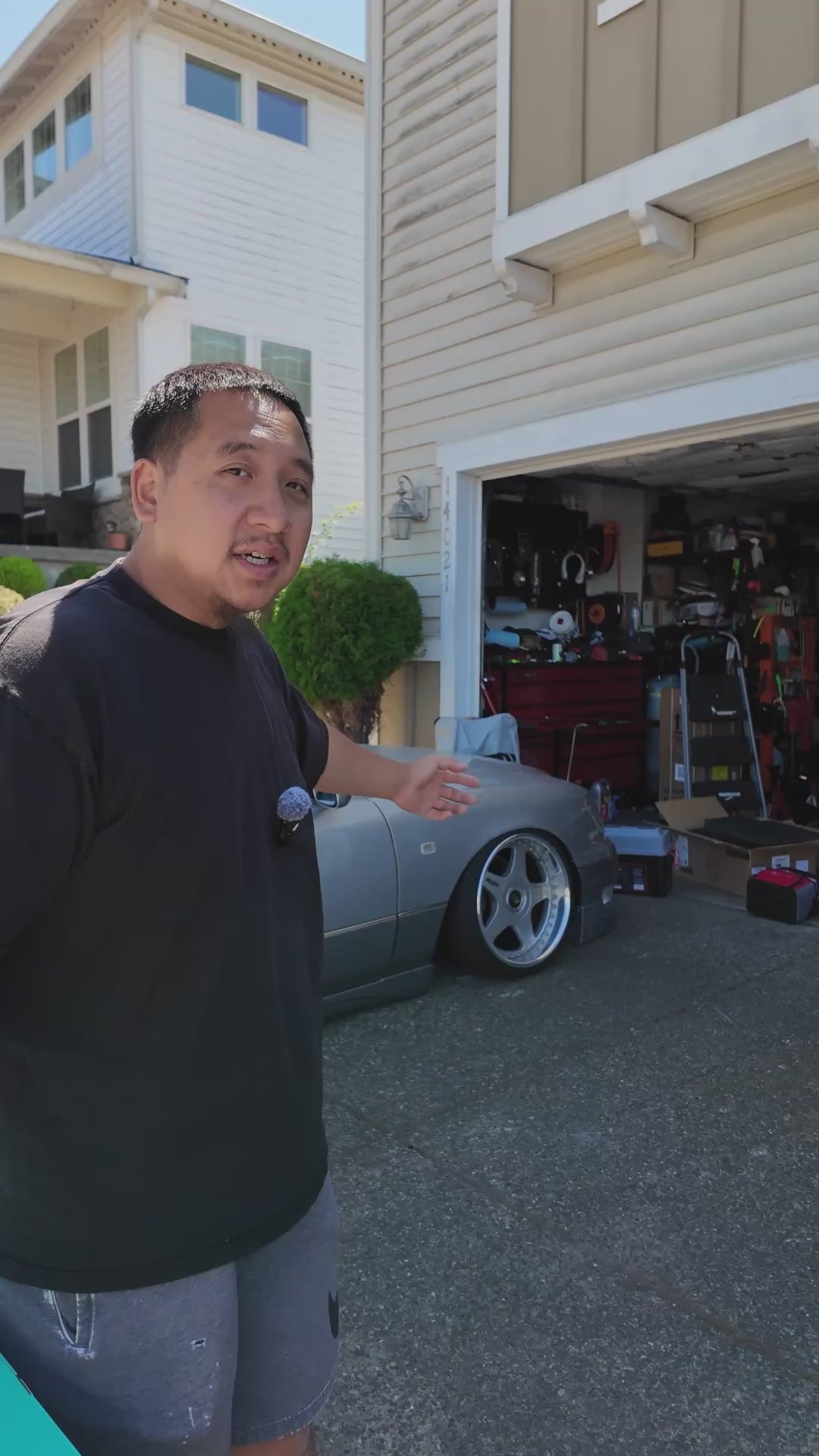
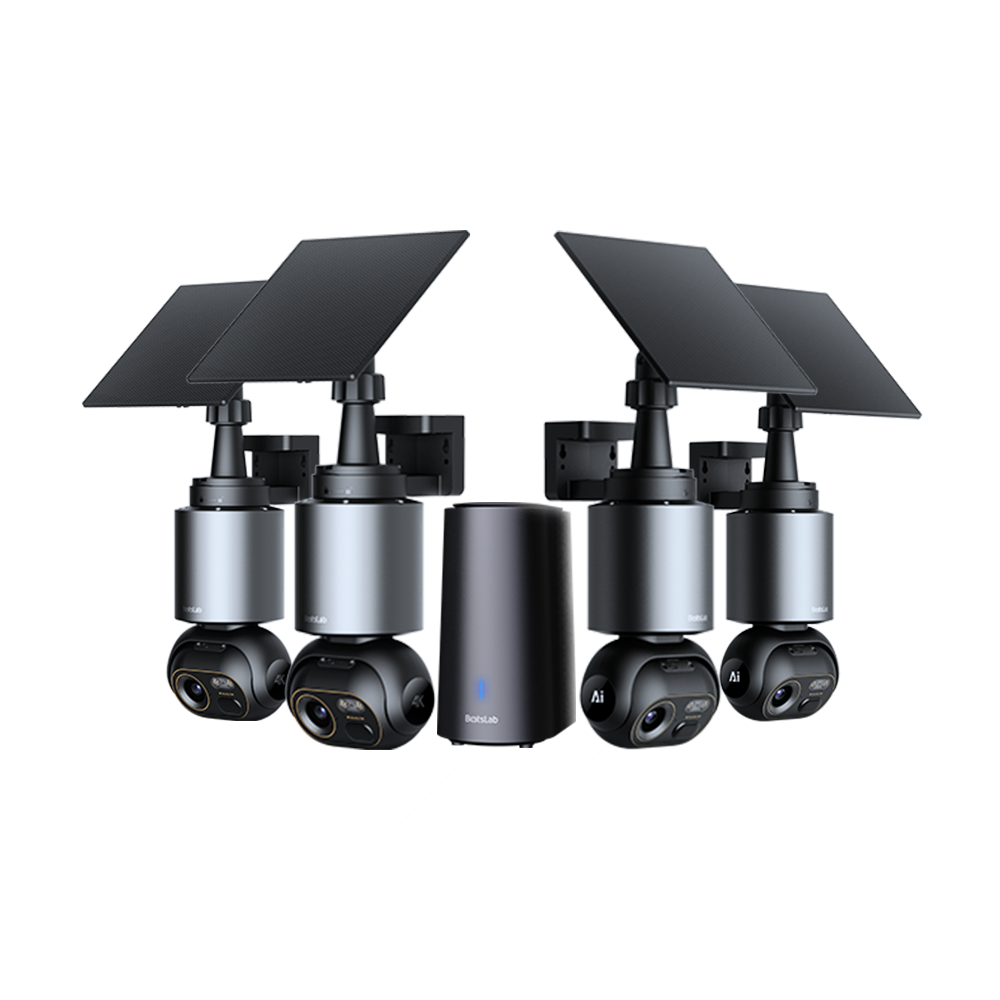




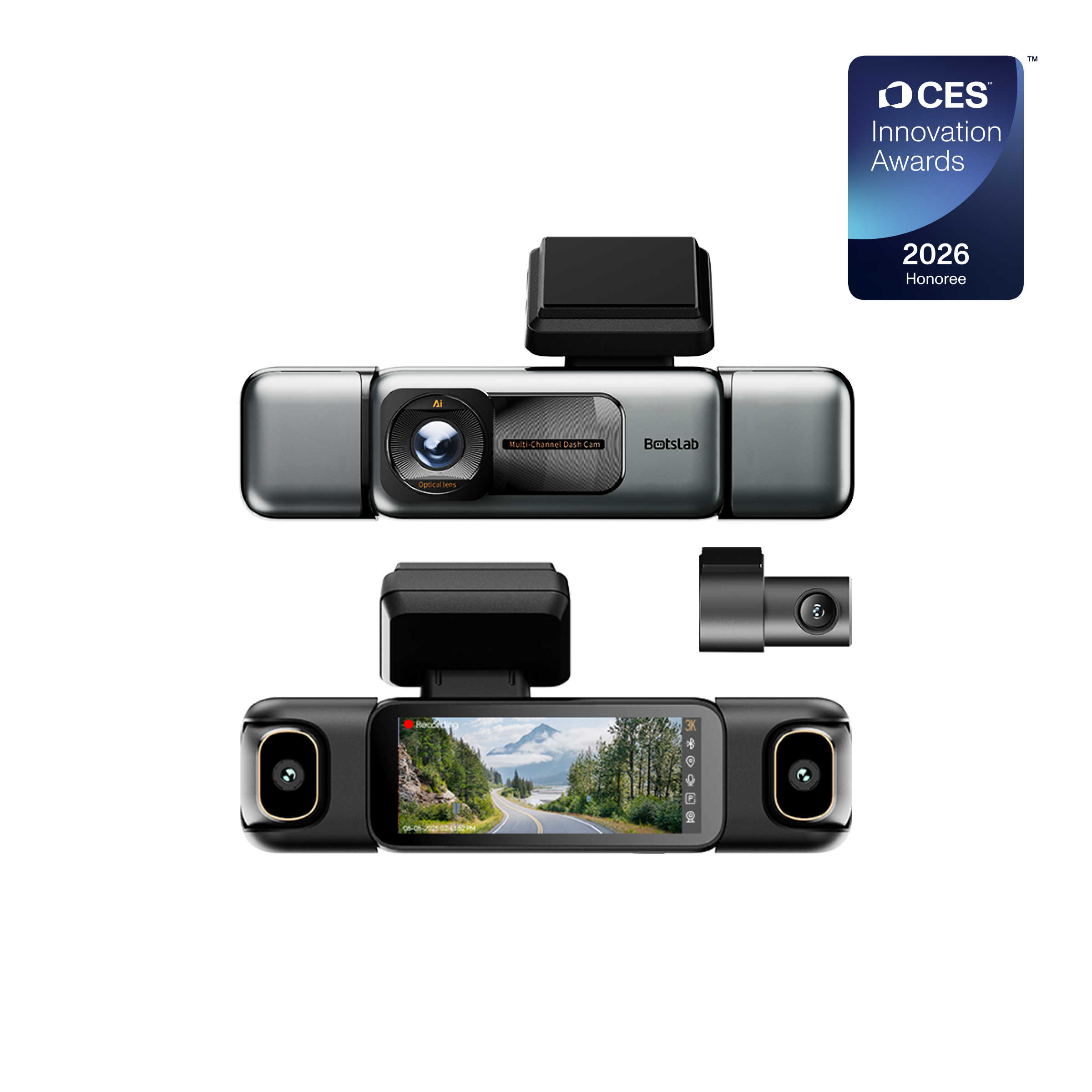
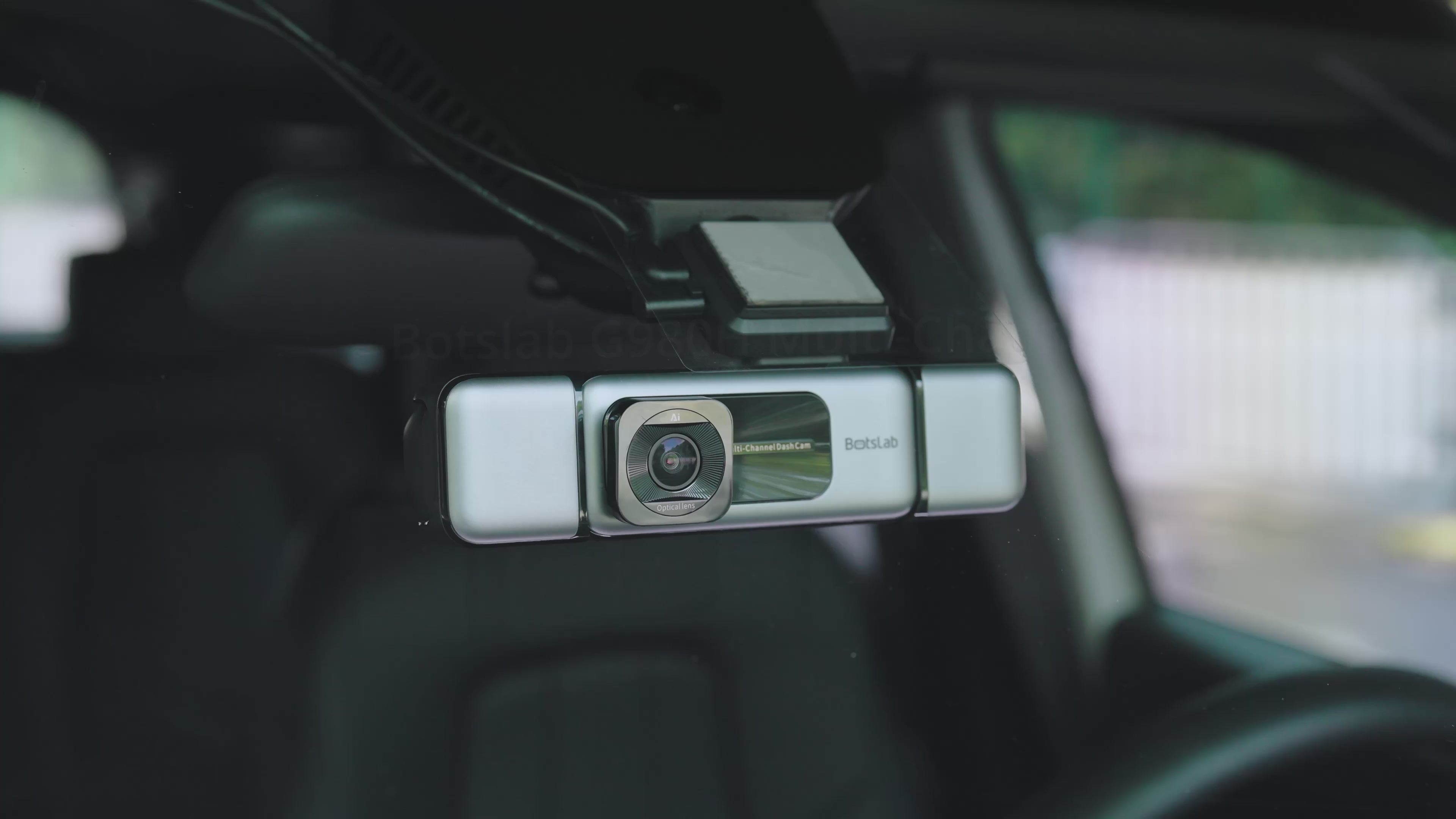
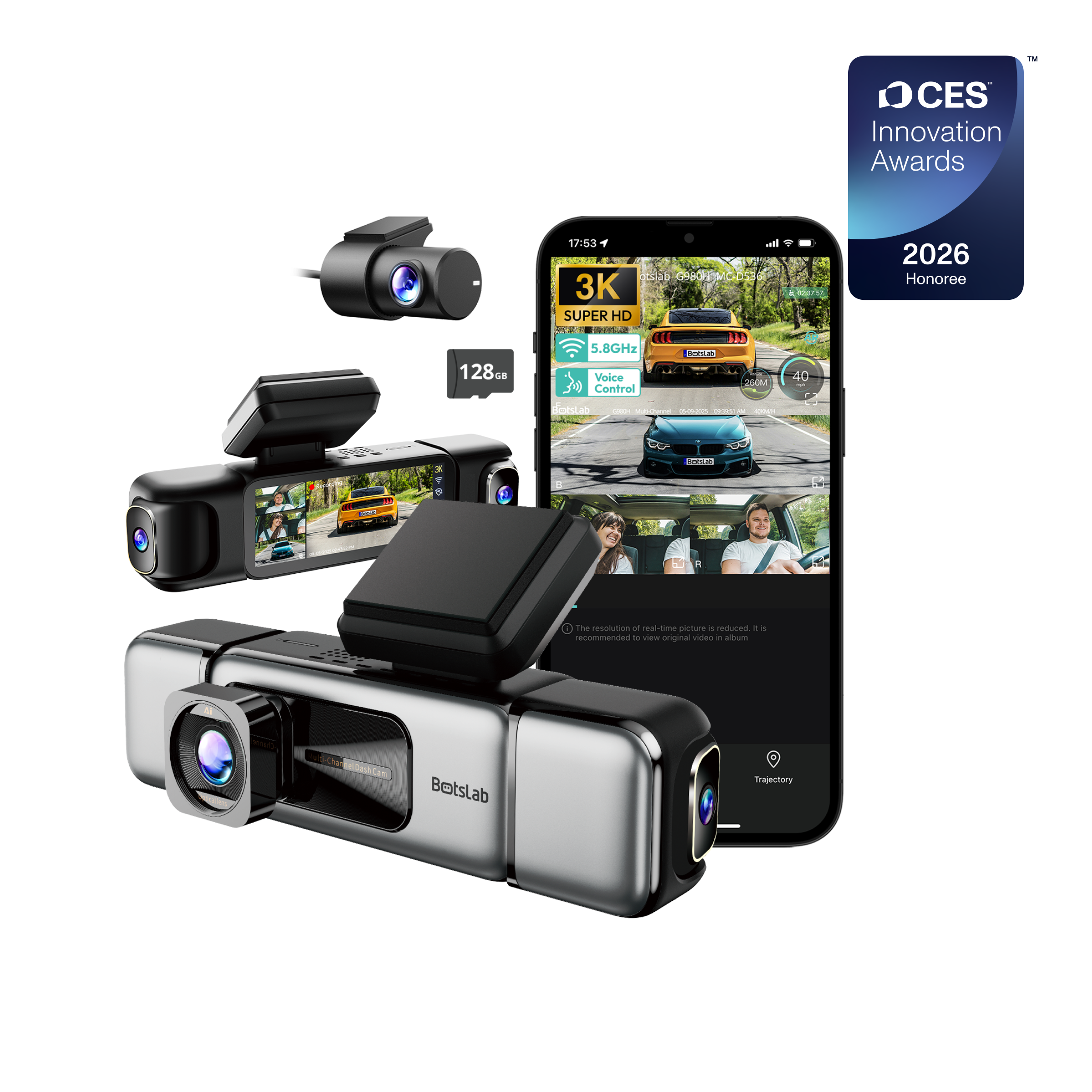
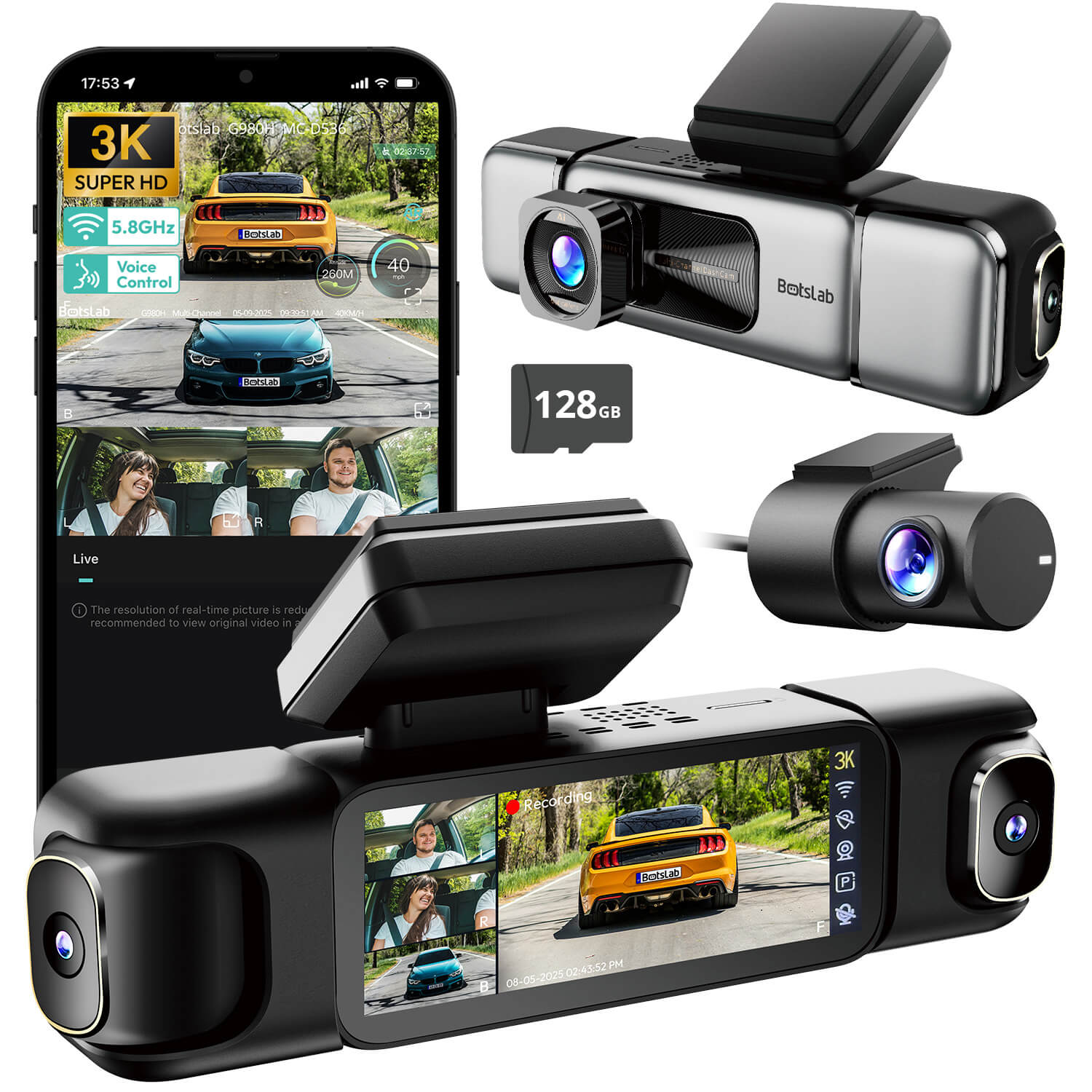


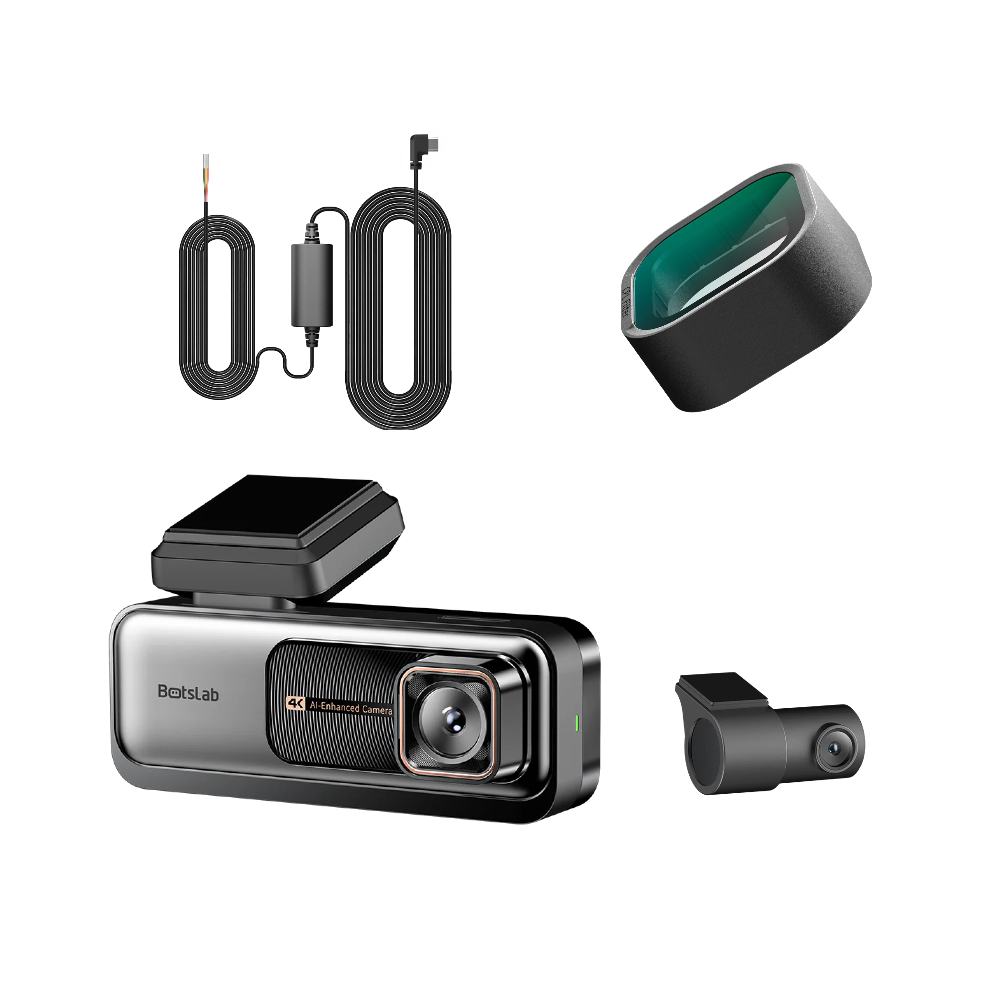
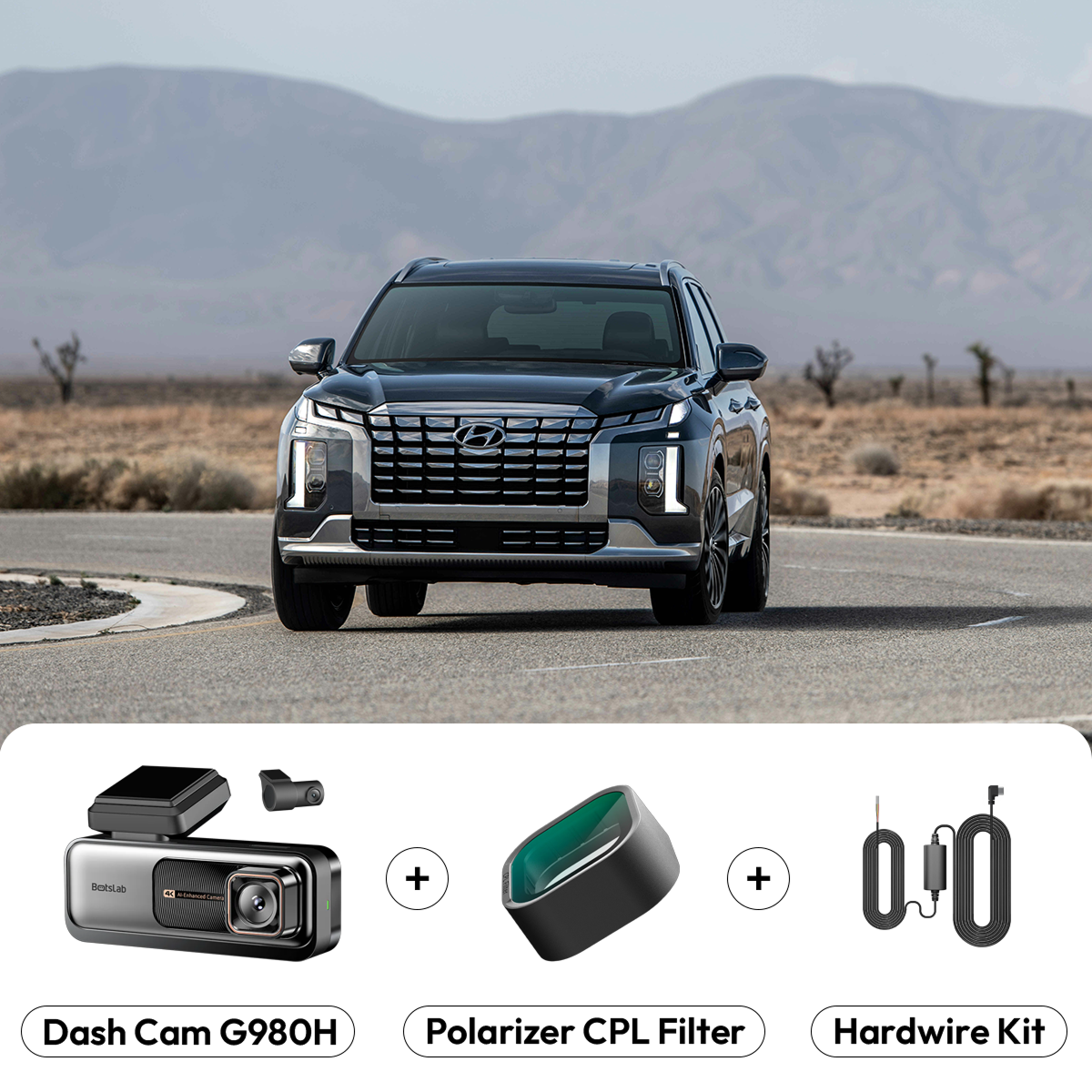


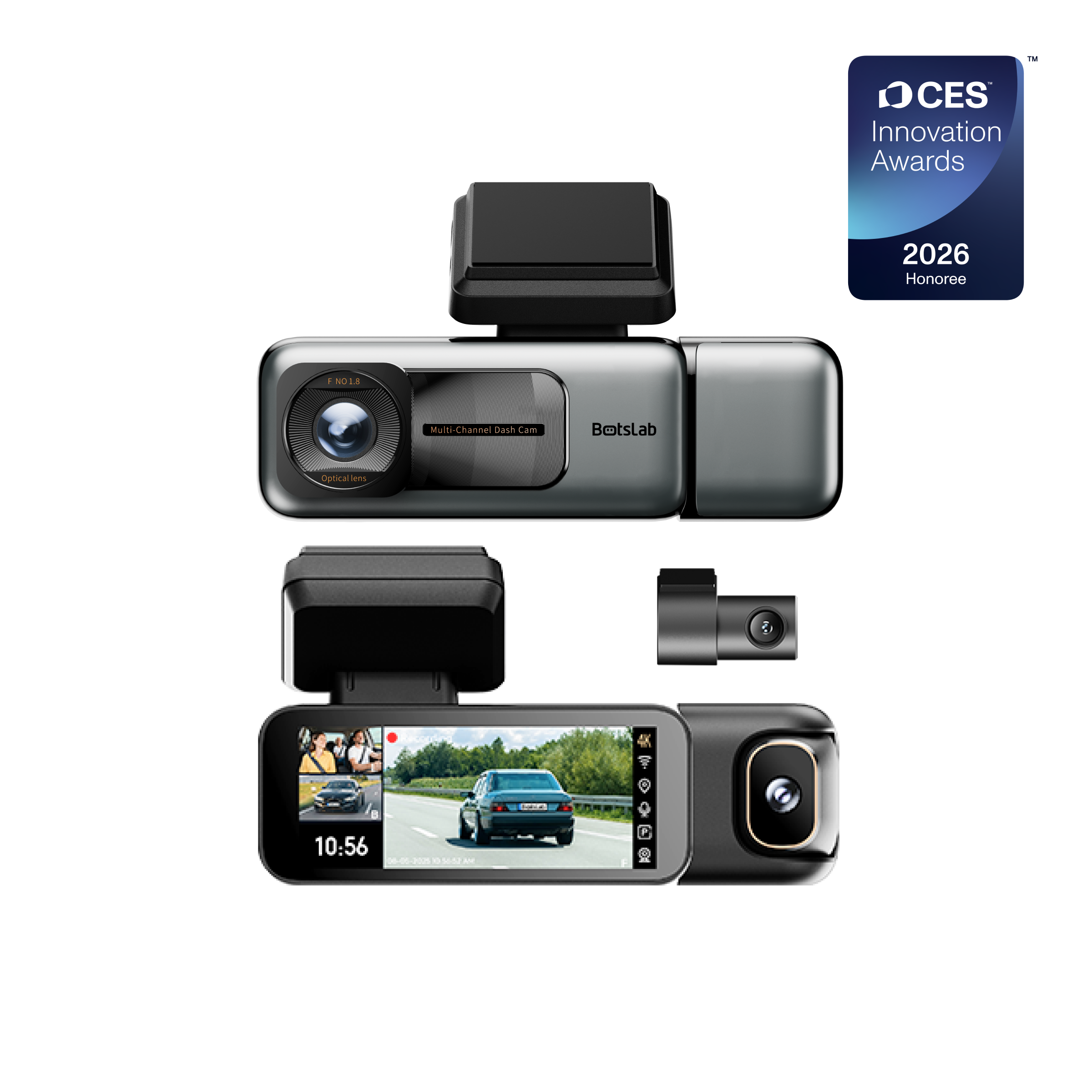
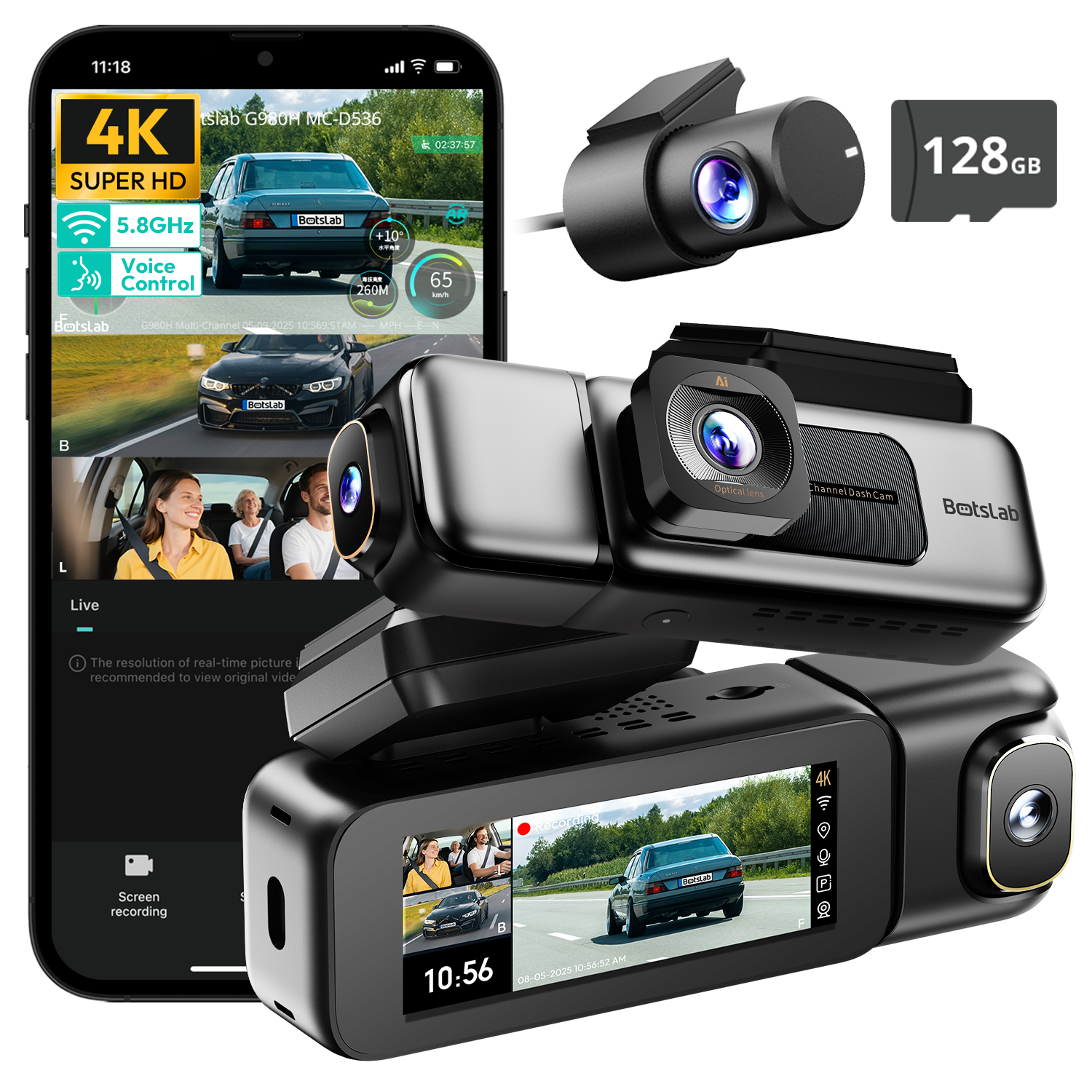
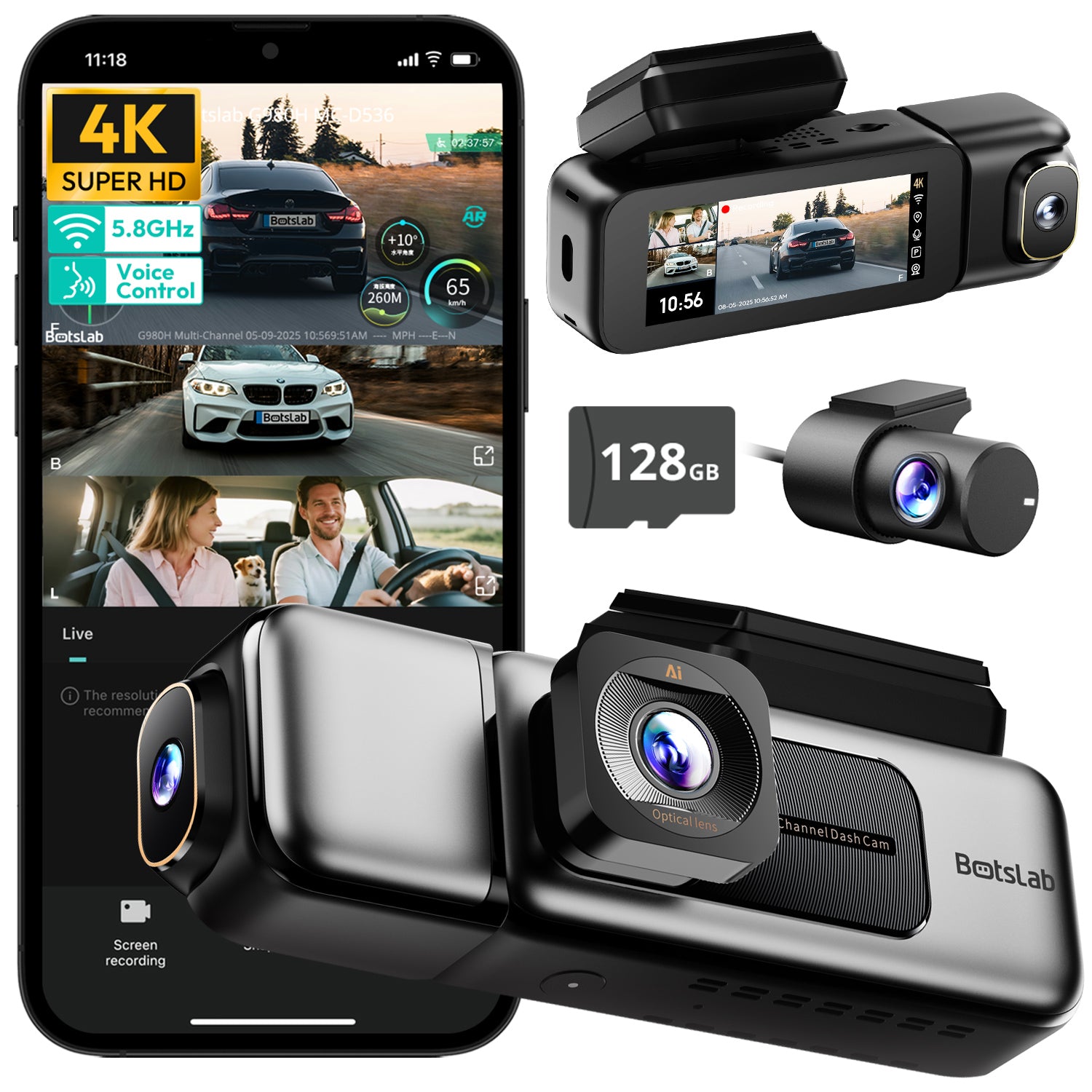
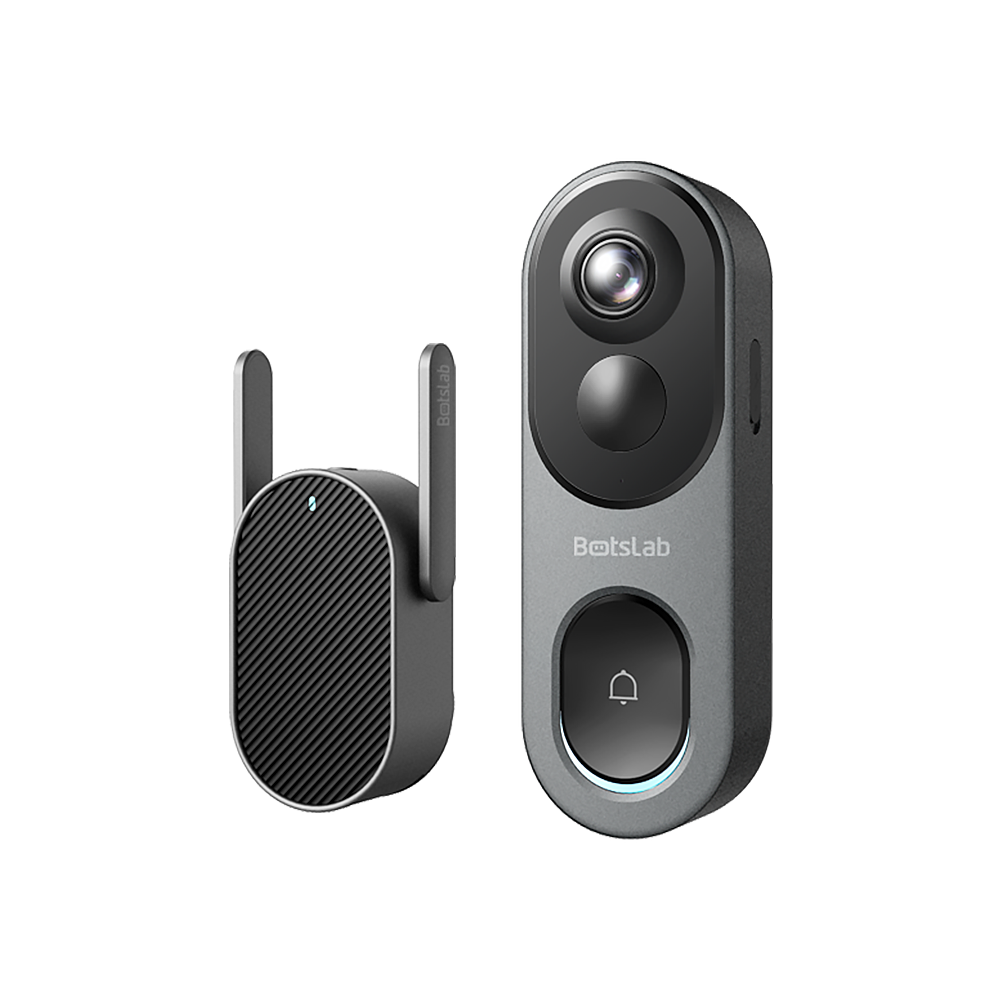
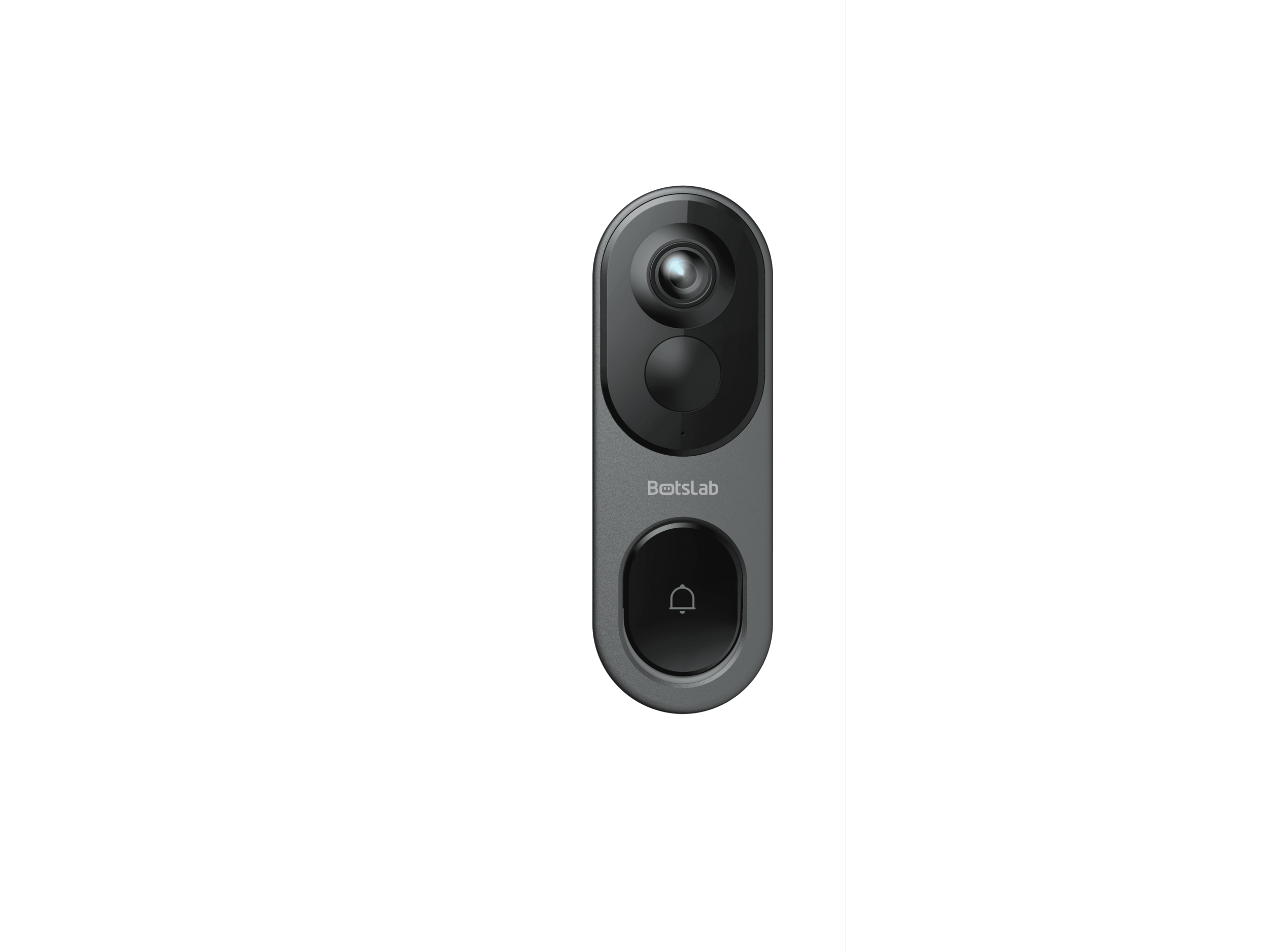
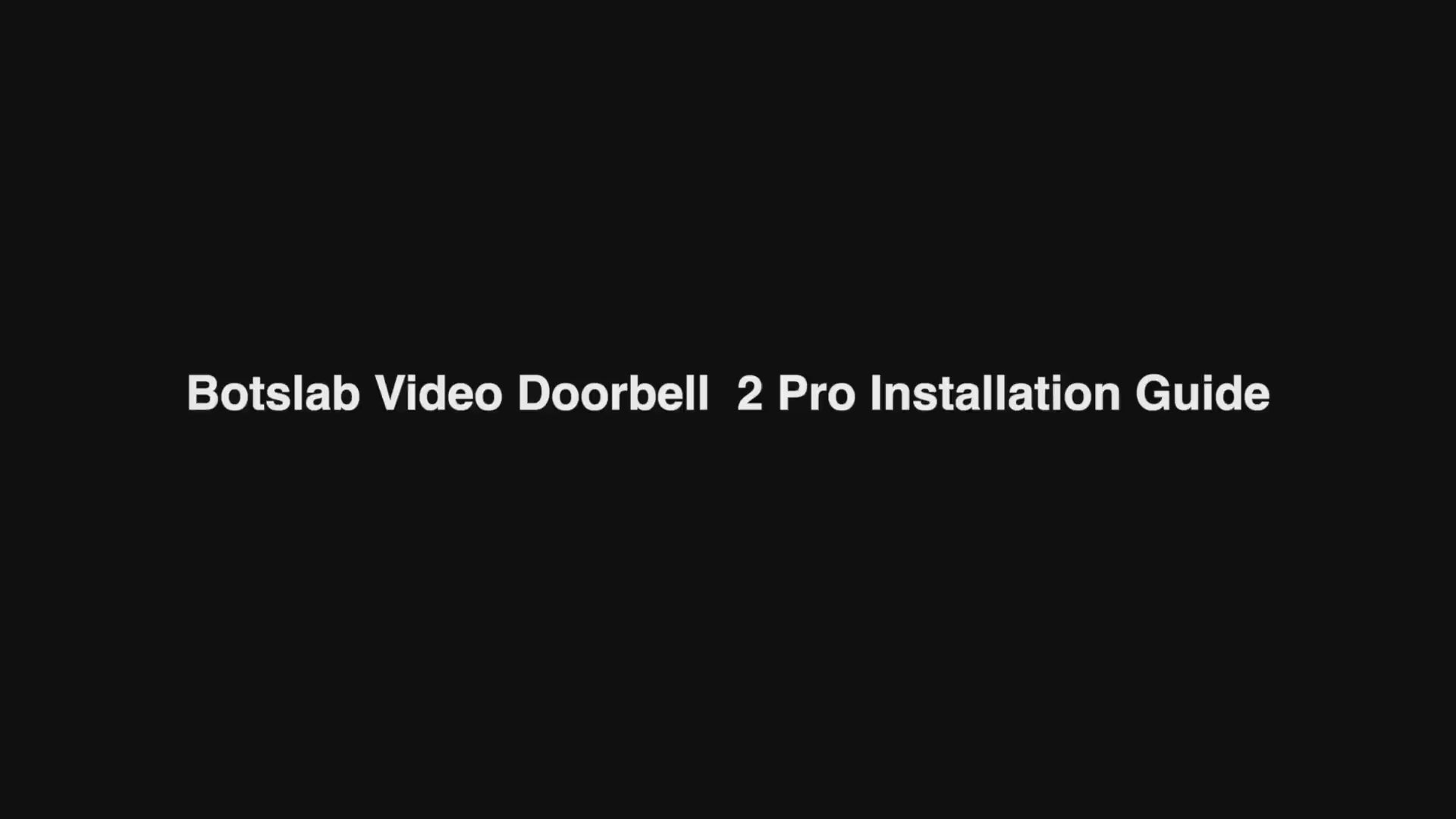
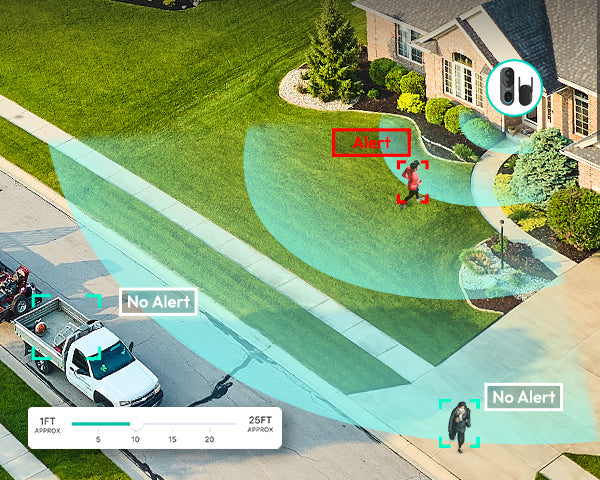
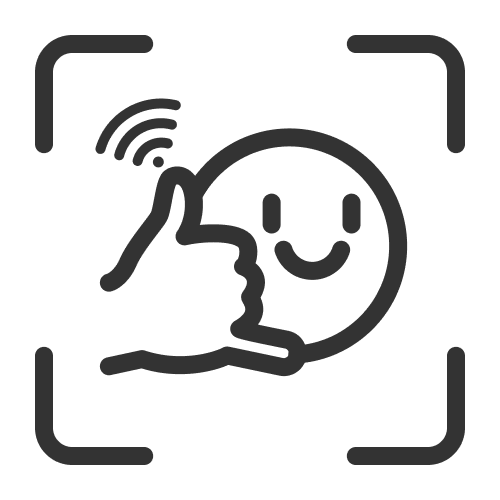

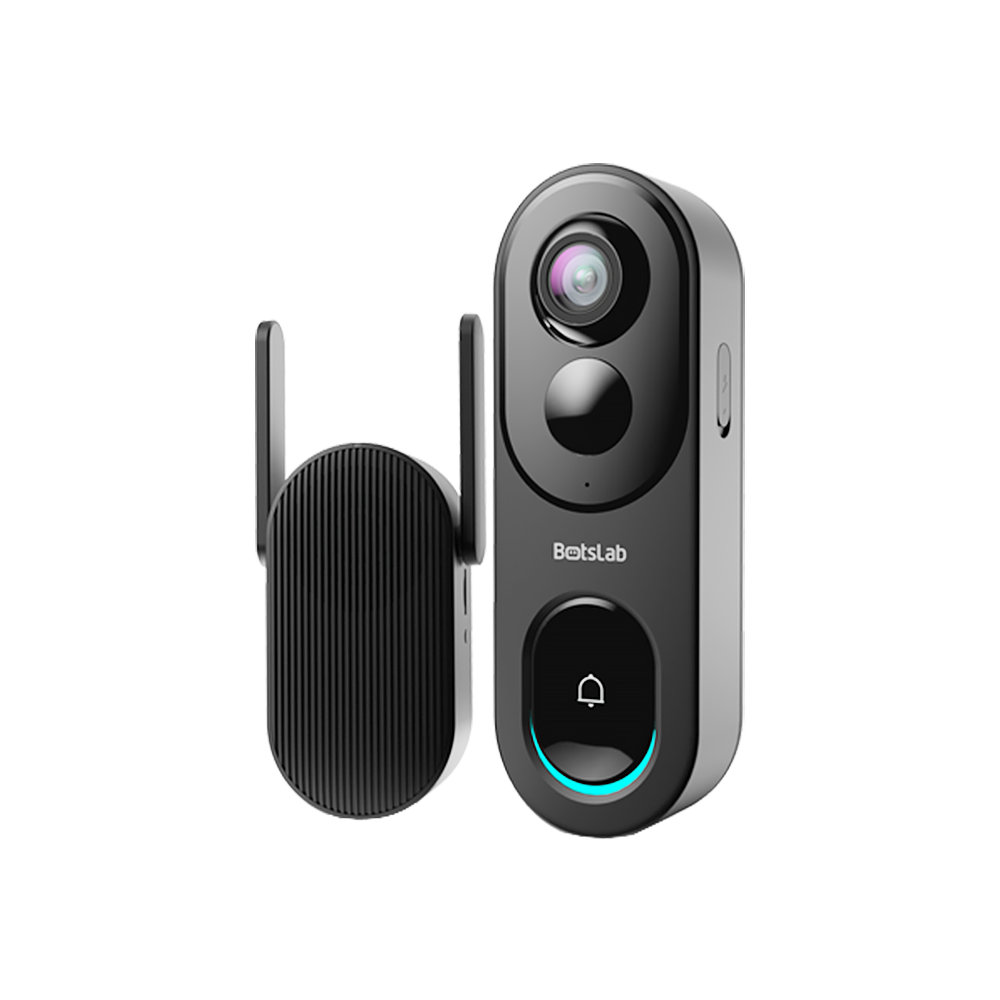
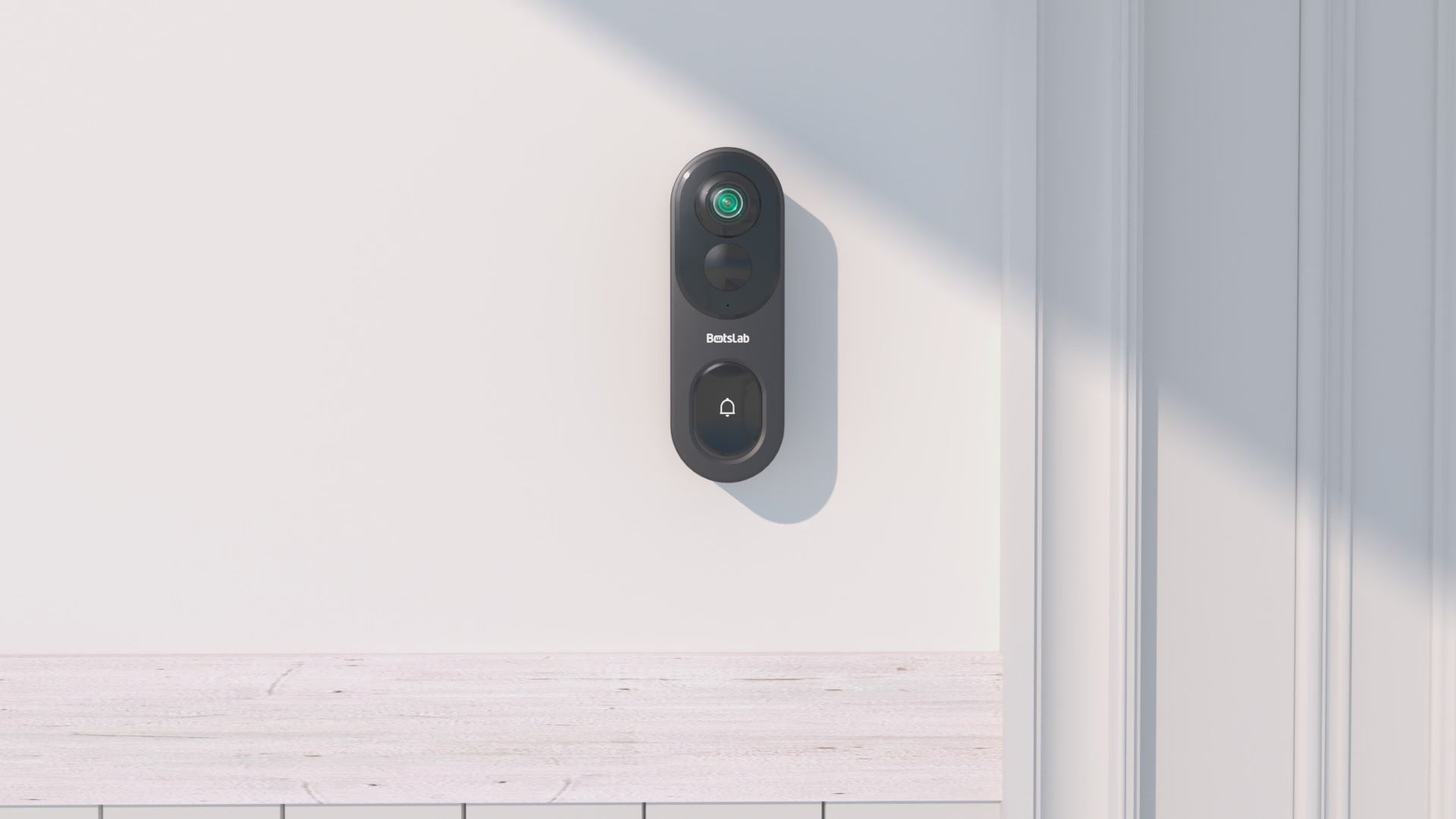
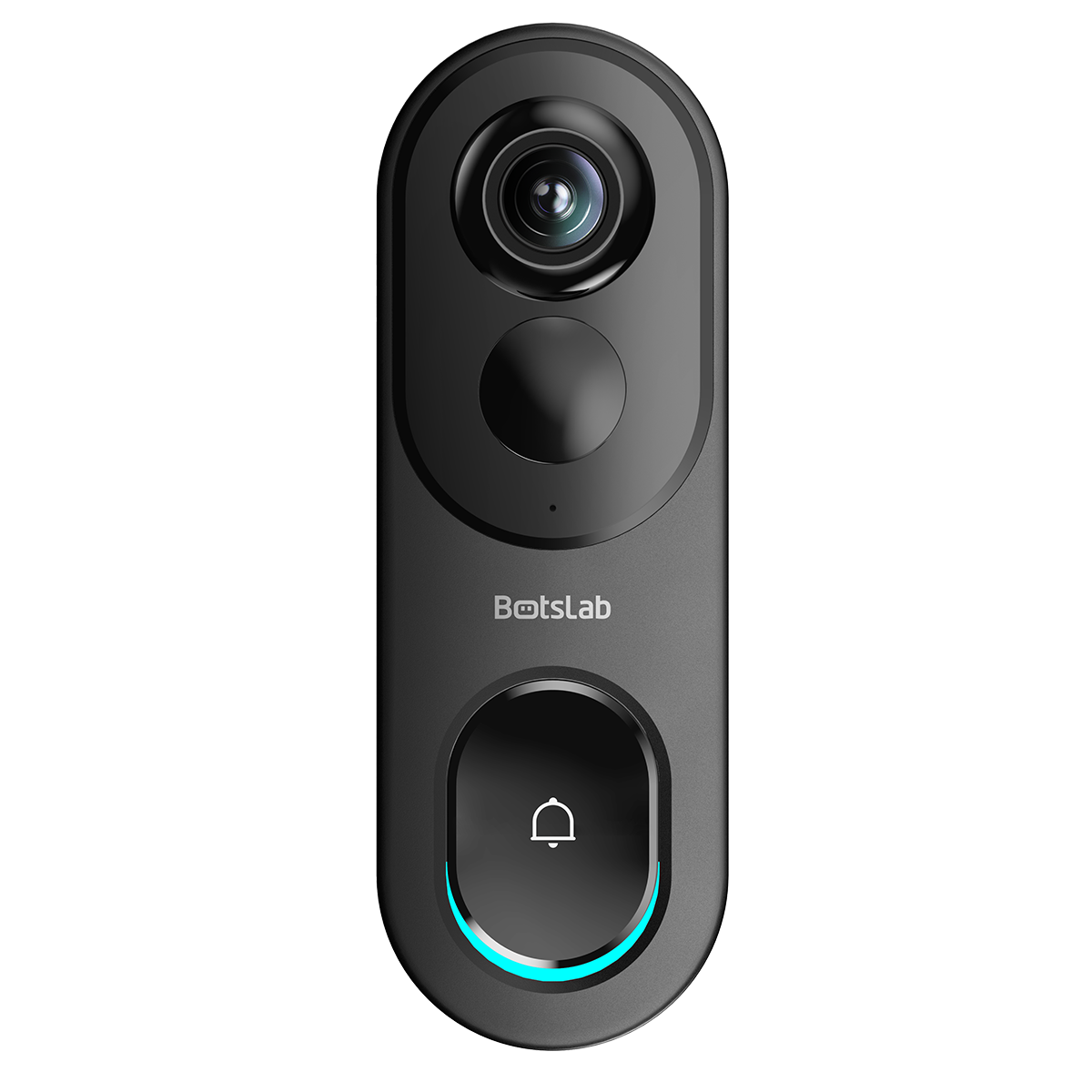

Teilen:
Which Outdoor Security Cameras Are Best for Home Use in 2025
Best Dashcams to Buy in 2025 According to Real-World Reviews